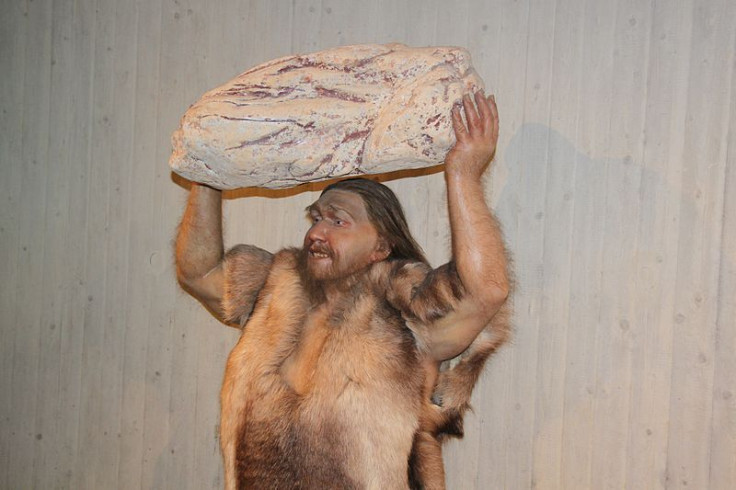Artifacts Suggest Neanderthals Were The World’s First Leather Makers: Is That Gucci Or ‘Ugh-Ugh’?

Neanderthals in the south of France may have been sporting soft leather ‘coats’ up to 50,000 years before the likes of Zara and Armani. Archaeologists have uncovered the earliest evidence suggesting the pre-human species made specialized tools out of bone, which — based on the shape — they may have used to smooth leather hides.
Neanderthals, our closest extinct relatives, were the dominant human-like species in Europe for nearly 170,0000 years. Their supremacy was marked by marginally sophisticated behavior like ceremonial burials and potentially made ritual ornaments. It is argued that their existence was pushed out by the arrival of modern humans about 40,000 years ago, although the details of this upheaval remain murky.
One item of contention involves the development of specialized tools made of animal bones.
Did modern humans introduce these tools to Neanderthals after migrating to Europe from the Middle East and Africa?
or...
Did Neanderthals create these tools on their own?
The new discovery argues for Neanderthals being ahead of the game when it comes to bone tools. Uncovered about 350 miles due south of Paris from two famous Neanderthal archeological sites, Pech de l’Azé and Abri Peyrony, the findings suggest that these pre-humans used the ribs from ungulates, most likely red deer or reindeer, to make the original “lissoirs”

Nearly 50,000 years later, lissoirs — also known as smoothers — are still used by leather makers today.
"Lissoirs like these are a great tool for working leather, so much so that 50 thousand years after Neandertals made these, I was able to purchase a new one on the Internet from a site selling tools for traditional crafts," said co-author Marie Soressi of Leiden University in The Netherlands. "It shows that this tool was so efficient that it had been maintained through time with almost no change. It might be one or perhaps even the only heritage from Neandertal times that our society is still using today."
Each of the prehistoric lissoirs have an arched and polished tip, similar to modern versions, which is used to push against a hide to create burnished, softer, and more water-resistant leather.
The artifacts were discovered in a pit that contained stone tools and the bones of hunted animals, like horses, reindeer, and bison.
"For now the bone tools from these two sites are one of the better pieces of evidence we have for Neandertals developing on their own a technology previously associated only with modern humans,” explained co-author Shannon McPherron of the Max Planck Institute for Evolutionary Anthropology in Leipzig, Germany.
These aren’t the first examples of tools being made by Neanderthals, but older artifacts resembled stone-based devices.
"Neandertals sometimes made scrapers, notched tools and even handaxes from bone. They also used bone as hammers to resharpen their stone tools," said McPherron. "But here we have an example of Neandertals taking advantage of the pliability and flexibility of bone to shape it in new ways to do things stone could not do."
Source: Soressia M, McPherron SP, Lenoire M, et al. Neandertals made the first specialized bone tools in Europe. PNAS. 2013.



























